The Rise of Tanning Injections In the quest for the perfect golden glow, beauty enthusiasts…
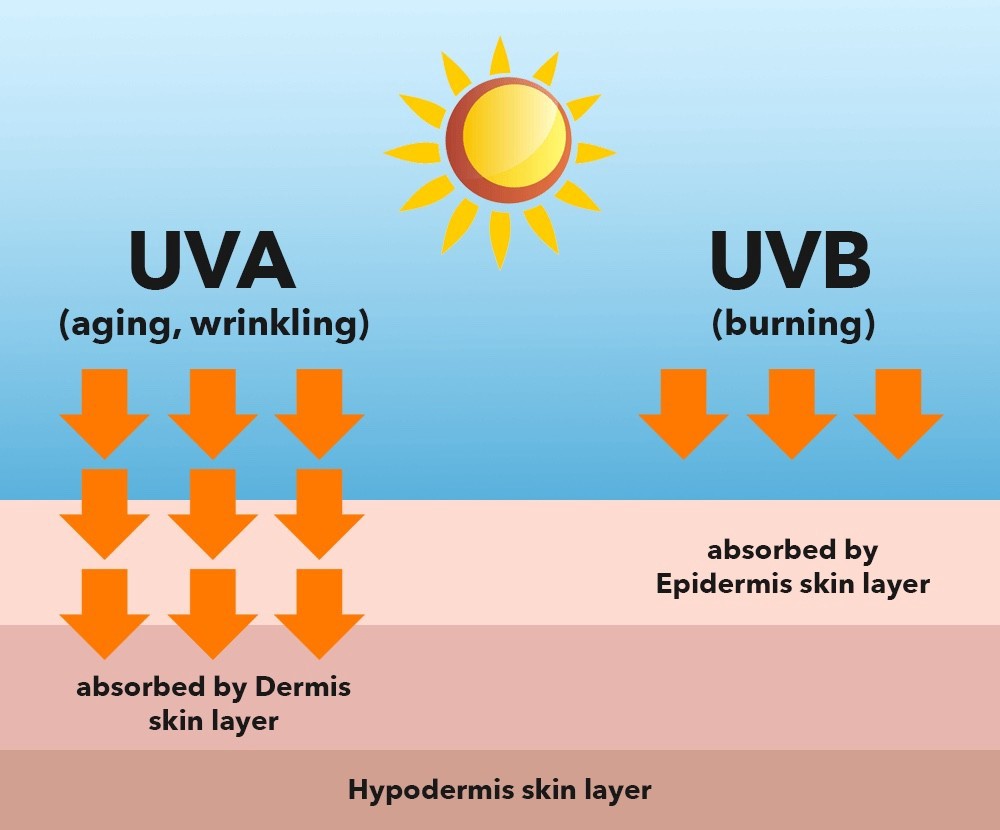
The Difference Between UVA and UVB Rays
Ultraviolet (UV) radiation is a type of electromagnetic radiation that is emitted by the sun and can have both positive and negative effects on our health. It is invisible to the naked eye and is divided into three categories based on their wavelength: UVA, UVB, and UVC. UVC radiation has the shortest wavelength and is absorbed by the Earth’s atmosphere before reaching the surface. Therefore, it is less of a concern for human health. UVA and UVB radiation are the two types that we are most exposed to and have the most significant impact on our skin.
UVA radiation
Has a longer wavelength than UVB radiation, which means that it can penetrate deeper into the skin. UVA rays make up about 95% of the UV radiation that reaches the Earth’s surface. They are also present all year round, regardless of the weather conditions. UVA radiation is known to cause premature ageing of the skin, including wrinkles, fine lines, and age spots. It can also may contribute to the development of skin cancer, including melanoma.
UVA rays penetrate the skin more deeply than UVB rays, and they can cause damage to the elastin fibers in the skin. Elastin is responsible for the skin’s elasticity, and when it is damaged, it can cause the skin to sag and wrinkle. This damage is cumulative and can occur over time without any visible symptoms. UVA radiation can also suppress the immune system, making the skin more vulnerable to infections and skin cancer.
UVB radiation,
on the other hand, has a shorter wavelength than UVA radiation, which means that it can only penetrate the outer layer of the skin. UVB radiation is responsible for sunburn and is the primary cause of skin cancer, including basal cell carcinoma, squamous cell carcinoma, and melanoma. UVB radiation is also necessary for the production of vitamin D in the skin, which is essential for bone health. However, too much UVB exposure can cause damage to DNA in skin cells and lead to skin cancer.
One way to remember the difference between UVA and UVB is that UVA rays “Age” the skin, while UVB rays “Burn” the skin. However, both types of UV radiation can contribute to the development of skin cancer. It is important to take precautions to protect yourself from the harmful effects of UV radiation, such as wearing protective clothing, using sunscreen with an SPF of at least 30, and avoiding exposure during peak hours when the sun is the strongest.
To protect your skin from UVA and UVB radiation, it is recommended to use a broad-spectrum sunscreen that provides protection against both types of UV radiation. Broad-spectrum sunscreens contain ingredients that block or absorb both UVA and UVB rays. Look for products that contain ingredients such as titanium dioxide, zinc oxide, avobenzone, or Mexoryl SX. It is also recommended to reapply sunscreen every two hours or more often if swimming or sweating.
In conclusion, UVA and UVB radiation are two types of UV radiation that differ in their wavelength, intensity, and the effects they have on the skin. While UVA radiation can cause premature aging of the skin and contribute to the development of skin cancer, UVB radiation is responsible for sunburn and is the primary cause of skin cancer. To protect yourself from the harmful effects of UV radiation, it is important to wear protective clothing and use a broad-spectrum sunscreen with an SPF of at least 30.
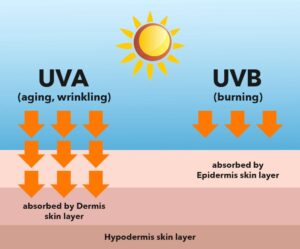
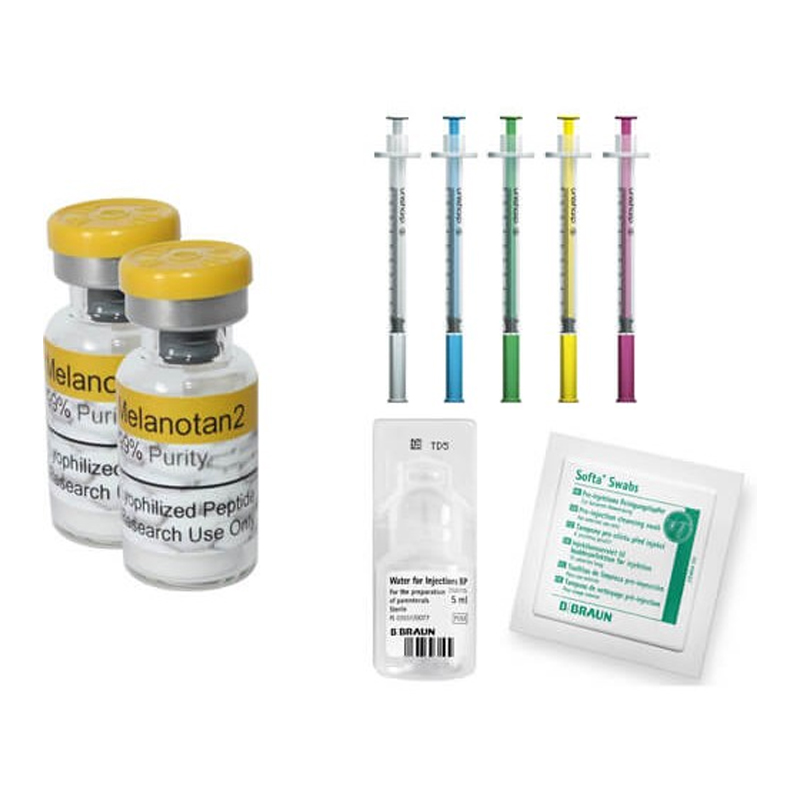
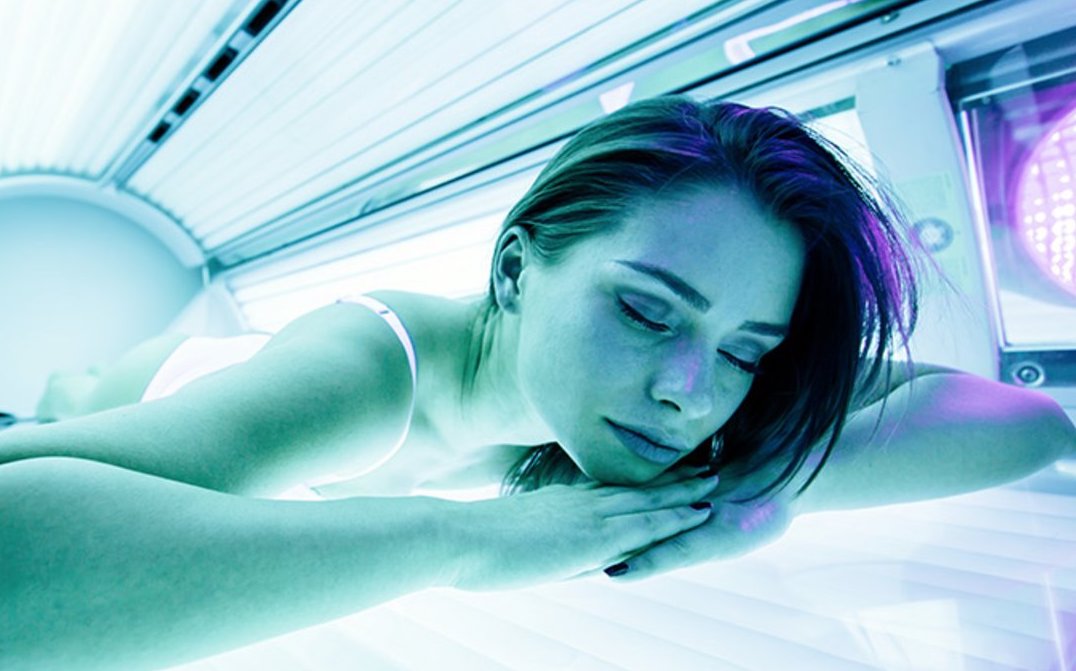
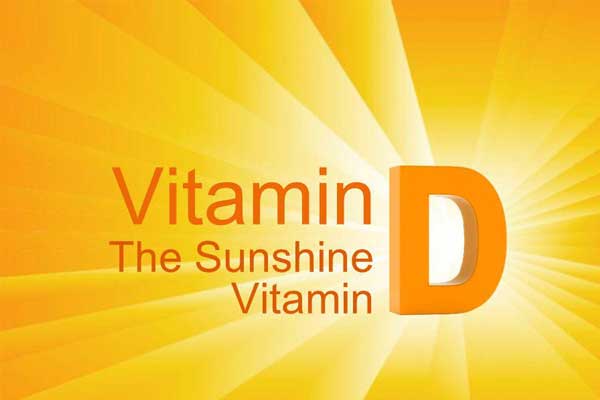
This Post Has 0 Comments